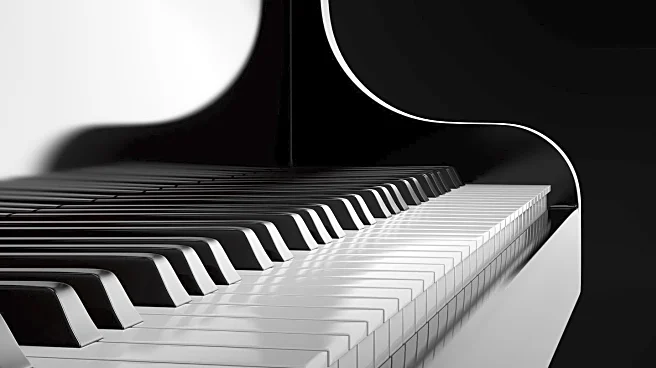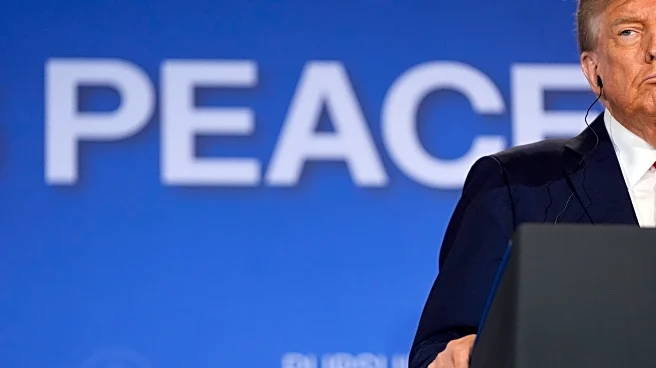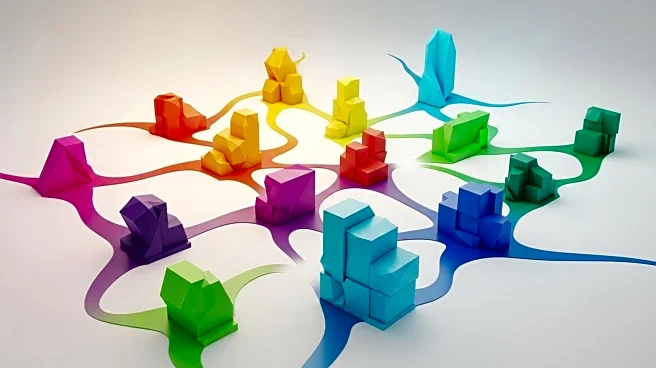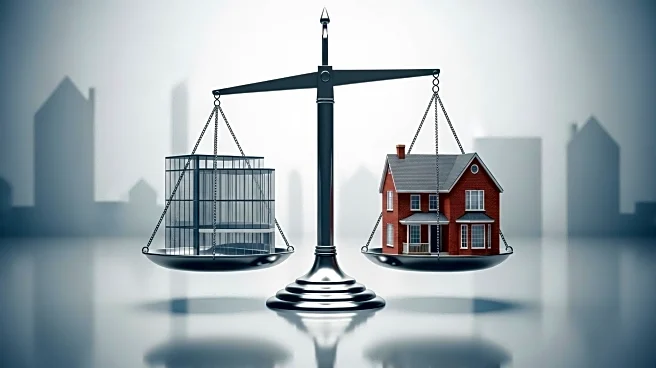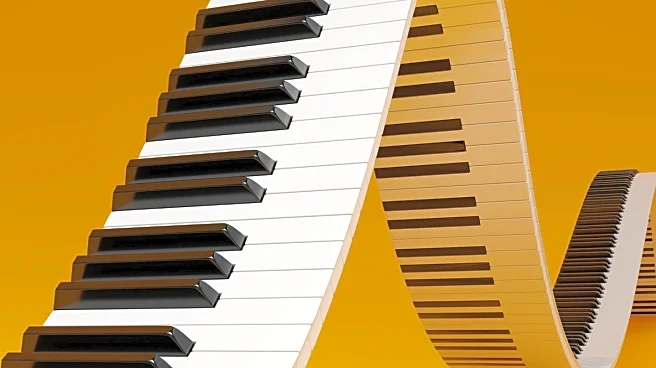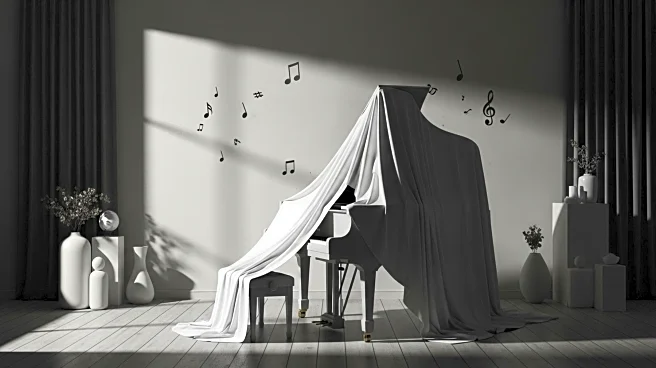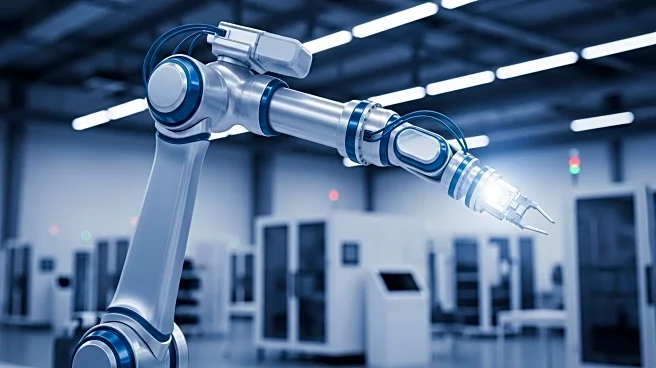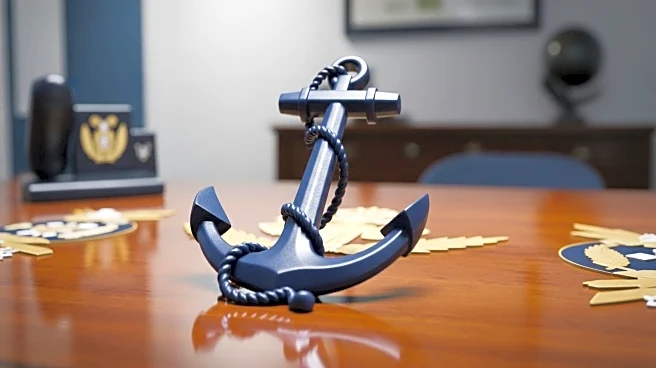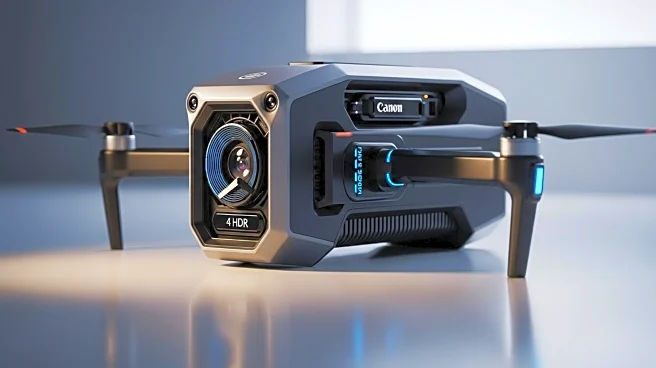What is the story about?
What's Happening?
The piano industry in the United States is experiencing a significant shift as new generations opt for digital pianos over traditional acoustic models. According to a music industry census, piano sales have drastically decreased from 306,584 units in 1925 to just 17,294 in 2024. Hannah Beckett, a piano technician in northern Virginia, attributes this decline to a combination of geopolitical events, economic challenges, and cultural trends. Millennials, facing financial constraints, are less likely to purchase expensive musical instruments like pianos. Instead, they are turning to digital pianos, which offer affordability and convenience. Chris Syllaba from Jordan Kitt's Music notes that while entry-level acoustic pianos are still being sold, digital and hybrid pianos are increasingly popular. Beckett believes that digital pianos provide accurate sounds and notes, making them suitable for beginners. She remains optimistic about the future of piano playing, suggesting that as people tire of screens, there may be a resurgence in interest for musical expression and advanced piano skills.
Why It's Important?
The shift towards digital pianos reflects broader economic and cultural trends affecting consumer behavior in the U.S. As millennials face financial pressures, their purchasing decisions impact traditional industries, including musical instruments. The adaptation of the piano industry to digital options highlights the need for businesses to innovate and cater to changing consumer preferences. This trend could influence the future of music education, as digital pianos become more accessible to a wider audience. The potential resurgence in piano playing may also signal a cultural shift away from digital screens towards more tactile and expressive forms of entertainment. The industry’s ability to adapt could serve as a model for other sectors facing similar challenges.
What's Next?
The piano industry may continue to evolve as manufacturers and retailers focus on enhancing digital piano offerings to meet consumer demands. This could involve technological advancements in digital piano design and functionality, making them even more appealing to new generations. Music educators might also adapt their teaching methods to incorporate digital pianos, potentially leading to innovative approaches in music education. As economic conditions fluctuate, the industry will need to remain responsive to consumer needs and preferences. Stakeholders, including manufacturers, retailers, and educators, may collaborate to promote the benefits of piano playing, potentially leading to increased interest and sales in the future.
Beyond the Headlines
The transition to digital pianos raises questions about the preservation of traditional acoustic piano craftsmanship and its cultural significance. As digital options become more prevalent, the skills and artistry involved in acoustic piano manufacturing may face challenges. Additionally, the shift may impact the music industry’s approach to live performances and recordings, as digital pianos offer different sound qualities compared to their acoustic counterparts. The cultural implications of this shift could influence how future generations perceive and engage with music, potentially altering the landscape of musical expression and appreciation.
AI Generated Content
Do you find this article useful?
